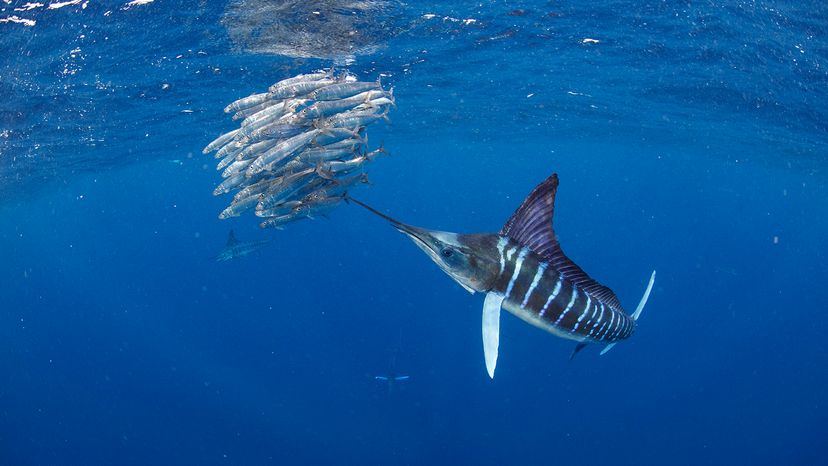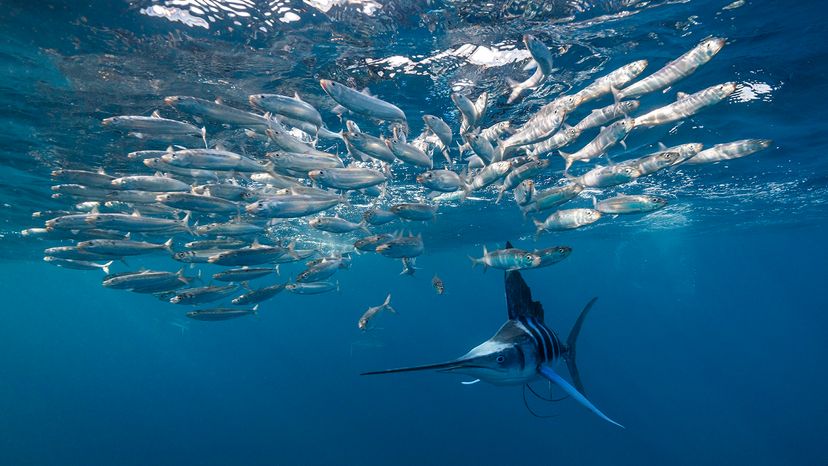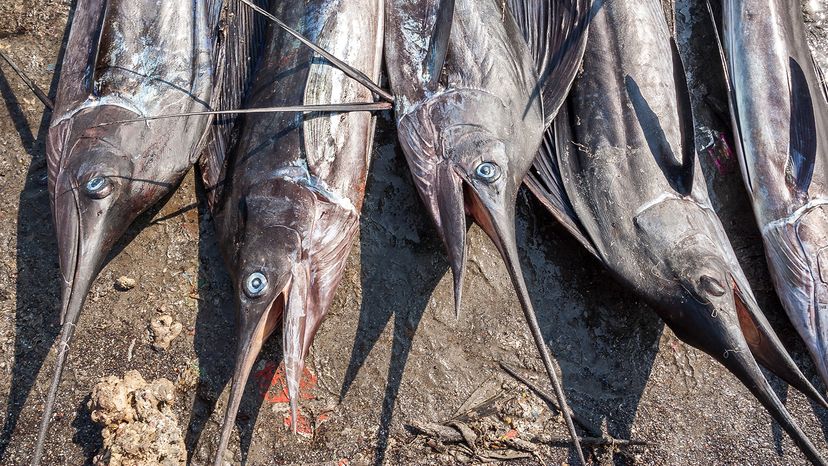
They’re both long, sleek, and carry a sword-like bill, but when it comes to swordfish vs. marlin, these titans of the sea are anything but interchangeable. Whether you're into deep sea fishing or browsing seafood menus, knowing the difference between a swordfish and a marlin can make all the difference.
So let’s dive into the deep blue abyss and see how these iconic billfish stack up in everything from biology to behavior and even the dinner plate.
Advertisement

